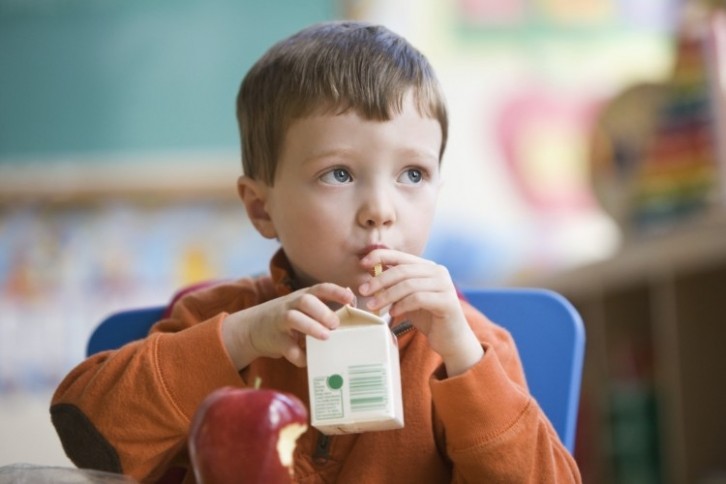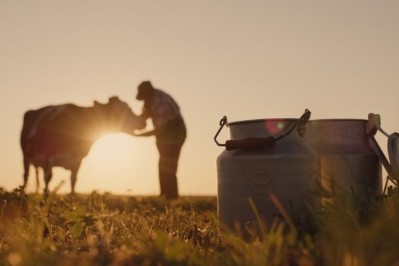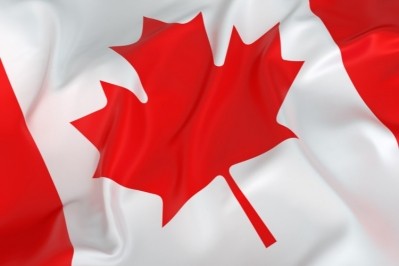‘Dangerous situation’: Carton shortages are taking milk off the menu across US schools, cafeterias

US school in multiple states, including California, New York, Pennsylvania and Washington, have been told by the USDA that they could serve milk in cups, offer different types or forms of milk, e.g. lactose-free, or not serve milk at all while the supply chain issues are resolved.
“Although program operators are expected to meet the fluid milk requirements to the greatest extent possible, supply chain disruptions, including disruptions that limit milk variety or affect serving size, would be considered a temporary emergency condition for purposes of this flexibility,” the USDA Food and Nutrition Service stated in a policy memo dated October 26.
For dairy farmers, particularly those in the Northeast where the packaging shortage has been more severe, a reduction in demand is worrisome.
The North East Dairy Producers Association, Inc. (NEDPA) said that dairy processors had been ‘working diligently with industry partners to find alternative solutions’ for serving milk at cafeterias state-wide, including through installing milk dispensers or pouring milk from gallon jugs. “The bottleneck is due to a packaging materials shortage that is limiting the availability of cartons,” the industry body explained in a statement. “
Keith Kimball, chair of NEDPA, said: “On behalf of our family dairy farms, we are grateful to our dairy cooperative leadership, state agencies, and elected officials who have been working diligently this week to share guidance and offer alternative solutions ensuring our schools, state institutions, hospitals, and nursing homes have access to nutritious, wholesome milk.
“To be clear, this is strictly a packaging issue and not a milk supply issue. The work of family dairy farms and the supply of locally produced milk remains strong and uninterrupted in New York State.”
Alex Walsh, executive director for Northeast Dairy Foods & Suppliers Associations, echoed this sentiment. “Our processor and supplier members are actively working to resolve the paperboard shortage issue by identifying additional sources, as well as altering operations to reduce the impact to schools as much as possible,” he said. “We will continue to work with industry partners and state agencies to ensure schools have a supply of milk and provide nutritious and safe products to students.”
New York State Agriculture Commissioner Richard A. Ball said that his team had taken ‘immediate steps’ to discuss and implement temporary solutions to the shortage.
‘A dangerous situation’
In its policy memo, the USDA FNS specifically stated that milk should not be substituted with juice, but New York assemblyman Chris Tague, a former dairy farmer, said there were instances where this was being done.
He said: “This is a dangerous situation. The federal government has been trying to oust milk from schools for years. They’ve even outlawed whole milk from schools to combat obesity, yet their solution to the shortage is to encourage kids to drink juice filled with preservatives and sugar. Their actions are hurting not only farmers but the children as well.”
Tague suggested that there were ‘obvious solutions like opting for recyclable plastic bottles or dispensers and cups’, but that the authorities were unwilling to consider them. “How we handle this shortage will set a precedent for the availability of milk in schools, and right now, it is not going in the right direction.”
Schools account for around 7% of all milk sales in the US, with schools receiving reimbursement from the federal government for each half-pint served. Milk is served as part of the National School Lunch Program, the School Breakfast Program and the Special Milk Program, which combined provide nearly 30 million lunches and 15 million breakfasts to students every day. According to a study detailing school milk consumption trends, young children and teenagers have been consuming less and less milk from the 1970s to the present day. Across the NSLP program, only 66% consumed milk in 2015 school year compared with 75% during 2004/05. Flavored milk with added sugar is more often consumed compared to plain skim milk, with a 2011 study concluding that only 20 of children were regularly consuming low-fat or skim milk and up to 45.4% reportedly drank milk with higher fat content outside of school.
Source:
Invited review: Maintaining and growing fluid milk consumption by children in school lunch programs in the United States
Sipple, L. R., et al
Published: Journal of Dairy Science, September 2020
DOI: 10.3168/jds.2020-18216







